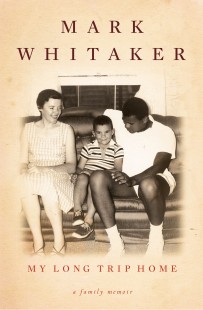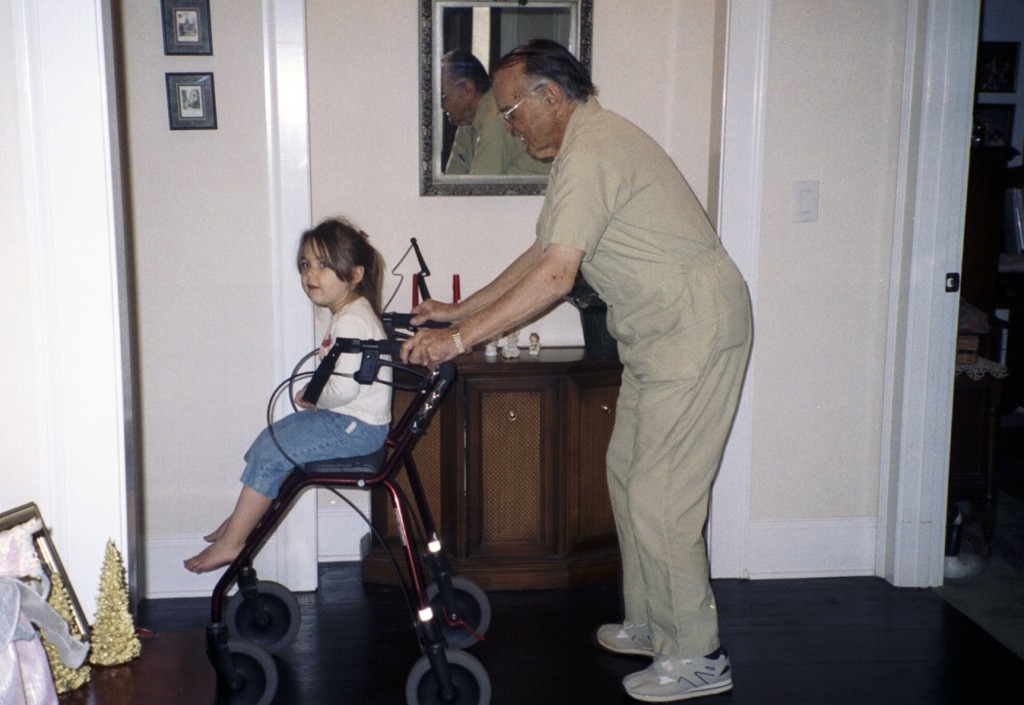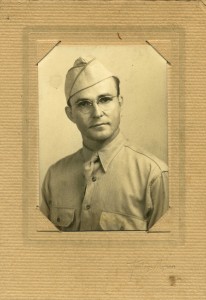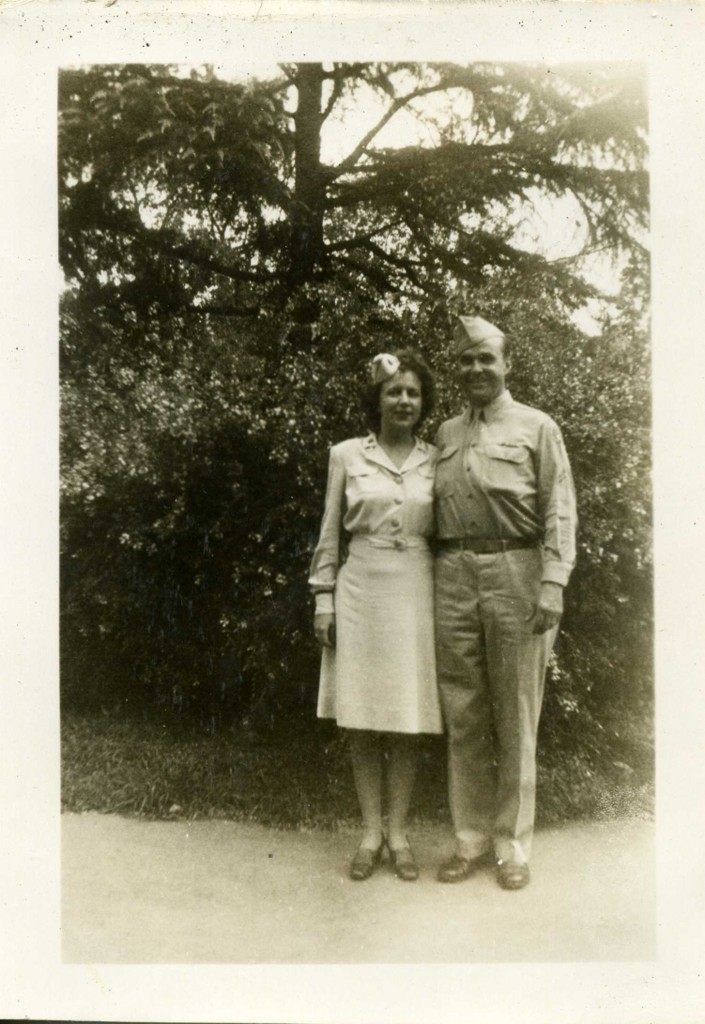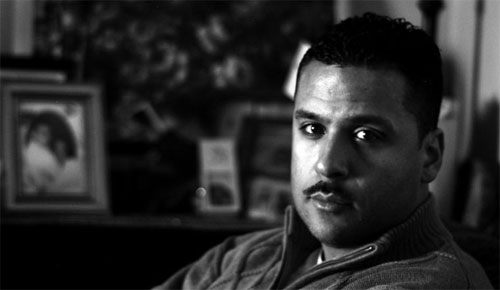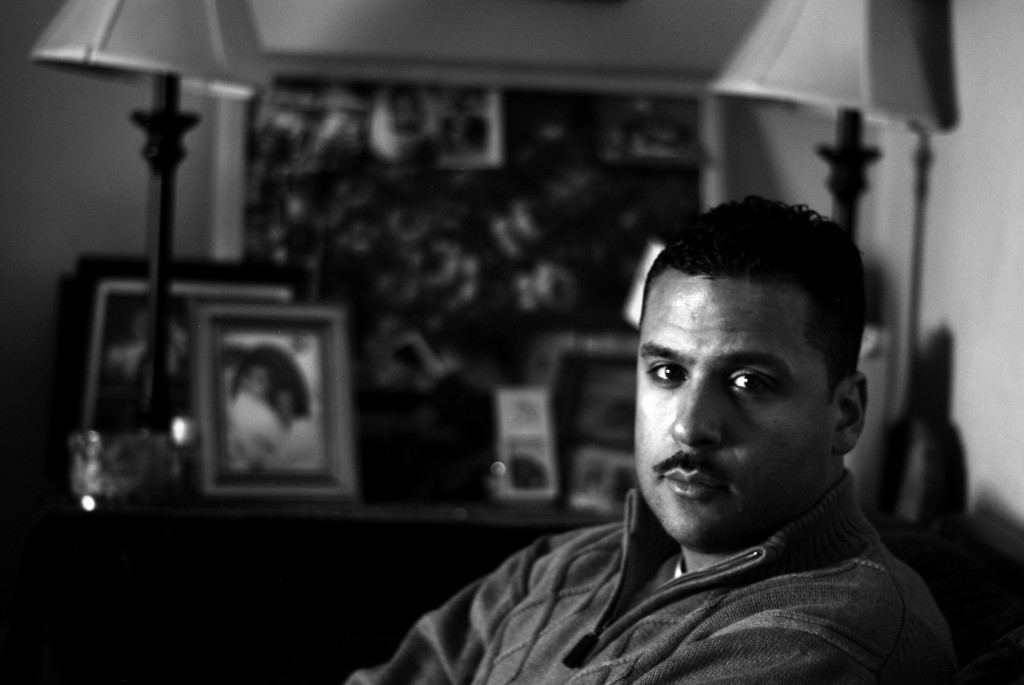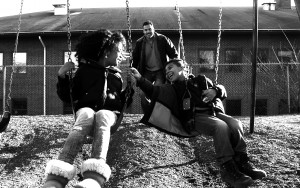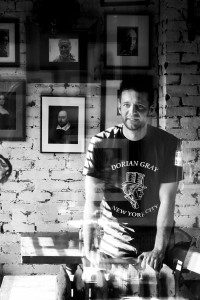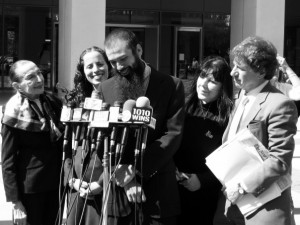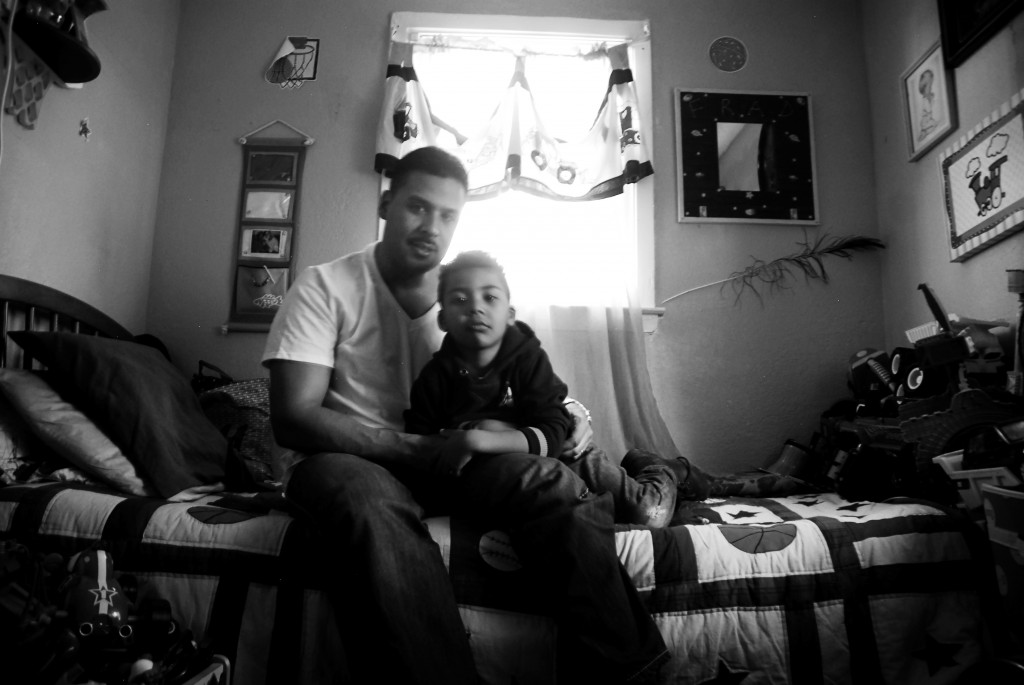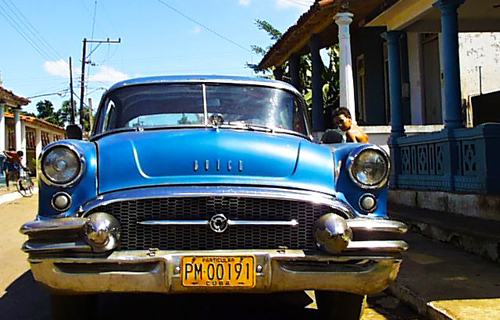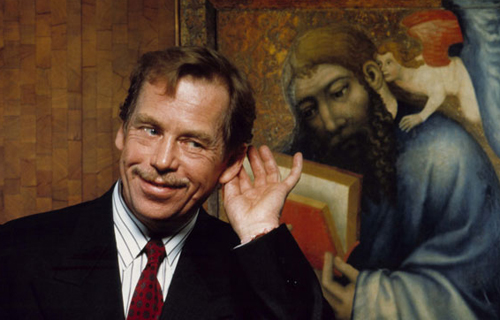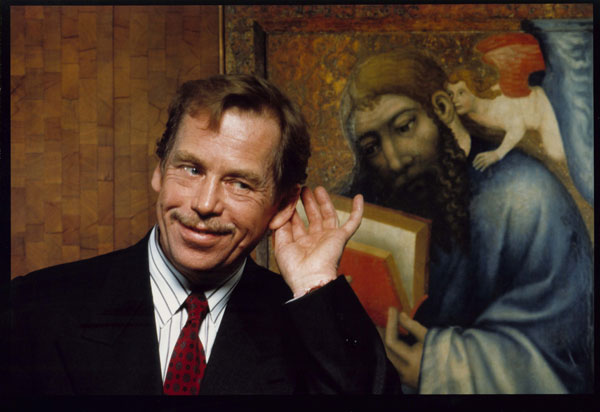There is a saying among reporters: “If your mother says she loves you, check it out.” Few have taken this advice as literally as Mark Whitaker has done in My Long Trip Home. In Whitaker’s poignant family memoir, the veteran CNN journalist and first African American to lead a national news magazine details his journey to discover the unspoken truths, hidden motivations, and deep-rooted hurts that shadowed his upbringing and defined his tortured relationship with his father.
On a superficial level, My Long Trip Home will remind some readers of Barack Obama’s memoir, Dreams from My Father. Whitaker was born in 1957 to an interracial couple. His mother, Jeanne Theis, was a white, tenured professor at Swarthmore College in Pennsylvania; his father, Cleophaus Sylvester “Syl” Whitaker Jr., was the first black student admitted to the doctoral program in political science at Princeton University.
Even as a child, Whitaker was the “spitting image” of his father, he writes. Both shared the same worry lines in their foreheads that creased in moments of seriousness and reflection. “I think Mark, like Syl, has a fundamentally happy and open temperament,” his mother wrote in a letter, “which will probably be quite resistant to sobering influences. We trust he won’t have to meet anything too sobering.”
Unfortunately, Whitaker’s life was more difficult than his mother had hoped. His parents divorced when he was five, and his mother struggled as a single parent to raise him and his younger brother, Paul. He and his father had a tenuous and sporadic relationship, further complicated by Syl’s emerging battle with alcoholism.
To ferret out the complex dynamics of his family’s history, Whitaker relies on the investigative reporting techniques he learned from his three decades of experience as a journalist. Whitaker currently serves as the executive vice president and managing editor of CNN Worldwide. He formerly worked as a reporter and editor at Newsweek and as the Washington bureau chief for NBC News. Whitaker knows how to work a story. Although here he is investigating his own personal history, he approaches it in the same manner he would for any other journalistic assignment: carefully, candidly, and with reasoned prose.
Some of the details, he knew. He knew that his mother was born in Cameroon, Africa, to Protestant missionaries, and grew up in France. He knew his father was born in Pittsburgh, the only son of once-prosperous business owners. Because Syl had rarely mentioned his own father when his boys were growing up, Whitaker believed there had been some kind of friction between the two. He knew that his parents met at Swarthmore, where Jeanne was a professor and Syl was a student. He knew his parents’ marriage as an interracial couple was a brave move in the 1950s, when miscegenation laws remained in effect in many states. He knew his father was a luminary in the field of African studies. And he knew his mother suffered from bouts of depression after his parents’ six-year marriage ended.
Yet, all of this was superficial knowledge. It didn’t get Whitaker very far when he decided he wanted to write a memoir about his father. He needed to delve deeper into the family’s past. “I discovered,” he writes, “that the truth was far more revealing than what I thought I knew and that the story wasn’t just about him, it was about all of us.”
Whitaker began by interviewing family, friends, and colleagues of his parents. He gathered letters, newspaper clippings, diaries, and photographs. He examined his parents’ voluminous scholarly works. And, much to his amazement, he uncovered an illuminating family relic: Cleophaus Sylvester Whitaker Sr.’s autobiography, an eleven-page document crafted in 1973.
In it, Whitaker’s grandfather recounts his life and origins. He was the son of a slave who was “set loose from the plantation” when the Civil War ended. In 1916, at the age of eighteen, Cleophaus headed north from Kansas as part of the Great Migration, a movement of millions of blacks from the Jim Crow South to the urban North, in search of factory jobs and less hostile segregation. He married and fathered three daughters, but his first wife died of tuberculosis. He later remarried and had a son, Syl.
The autobiography was most telling in what it did not mention — the shattered relationship between Cleophaus and his son. Whitaker eventually deduced that Cleophaus physically and psychologically abused Syl. The revelation cleared up a “mistaken assumption” he had about his father, Whitaker writes:
I always thought my father had inherited all of his magnetism from his mother, [a “light-skinned beauty” with an “elegant … and entertaining way of speaking”] …. I had never considered the impact my father’s father had on his life … and for the first time I learned what a force of nature C.S. Whitaker Sr. was in his own right.
Their fierce bickering began in Syl’s teens when he asked his family to stop calling him by his “demeaning” nickname, “Junior.” He insisted upon “Syl,” a shortened version of his middle name. It took months for “Syl” to stick, but his father persisted in calling Syl by his old nickname “out of prideful pique.” Cleophaus’s flagrant philandering strained their relationship even more. Syl saw the anguish his father’s infidelity exacted on his mother, and he became her “champion.” Thereafter, a “bitter chill fell over their relationship.”
It was around this time that Syl was introduced to Quakerism by his Baptist bible school teacher, who encouraged Syl to attend a summer Quaker work camp in Ithaca, New York. The experience changed his life. Syl embraced the religion’s “teachings about simplicity and pacifism and the subtle power of silent prayer, so different from the raucous call-and response of the black church services he was used to.” When it came time to contemplate college, members of the American Friends Service Committee advised Syl to attend Swarthmore, a prestigious liberal arts college founded by nineteenth-century Quaker reformers outside Philadelphia.
Love and Liberation
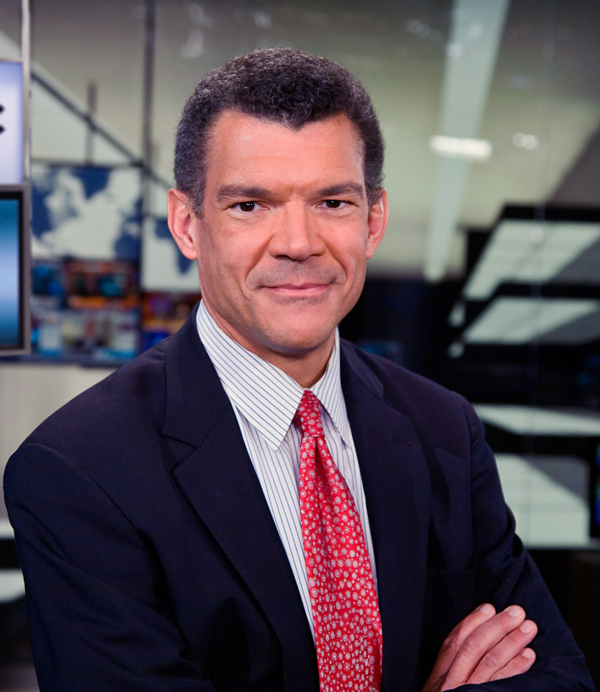
In the years before World War II, Jeanne Theis’s family lived in the Protestant village of Le Chambon-sur-Lignon in central France. Edouard Theis, Whitaker’s grandfather, was the parish’s assistant pastor. After France signed an armistice with Nazi Germany in 1940, Theis learned that the Nazis had banned higher education for girls in the occupied countries. Theis, a progressive thinker committed to a philosophy of “nonviolence and a just social and international order,” wanted his daughters educated. He heard that famed American philanthropist Martha Sharp, who had helped Jewish refugees escape Nazi-occupied Czechoslovakia, was organizing a boat trip from Europe to New York for children who had American connections. Whitaker’s grandmother was a U.S. citizen, which meant the family could obtain State Department visas. Six of the eight Theis girls were among the twenty-seven refugees that Sharp brought to America several months later. All of the sisters except for fourteen-year-old Jeanne stayed with relatives in Ohio. Jeanne went to live with the Enders family, fellow Protestant missionaries who lived in Swarthmore.
In 1943, Vichy authorities arrested Theis and two of his colleagues for hiding thousands of Jewish refugees in Le Chambon and guiding them to safer locales. The three men were briefly held in an internment camp, but shortly after German forces surrendered to the Russians at Stalingrad, they were inexplicably released. Theis fled underground and joined a resistance group that helped Jews escape into Switzerland. It wasn’t until 1945, when Theis traveled to Swarthmore on a speaking tour, that Jeanne learned of her beloved father’s awe-inspiring valor during the war.
Jeanne’s ardent interest in Syl developed during his junior year at Swarthmore. A French instructor, Jeanne organized a production in the original French of a Jean Giraudoux play about Captain Cook’s arrival in the tropics. The cast needed someone to play the tribal leader, and one person who had the “perfect look for the part” came to mind: Syl Whitaker, one of the few black students at Swarthmore. Syl did not speak French, though. Jeanne became Syl’s coach, and they trained together until he could master a “convincing accent.” During their rehearsals, Jeanne couldn’t help noticing how handsome Syl was, and Syl picked up on Jeanne’s gestures and began “wooing” her.
They started dating secretly, fearful of the fallout within the Swarthmore community if their relationship were exposed. Syl soon “grasped that he had started something that could only be made respectable in the eyes of the college and the broader society of mid-1950s America by giving it the sanctity of an engagement.” Whether or not the twenty-year-old was prepared for a serious commitment, it came barreling at him.
For Jeanne, falling in love with Syl was an “intellectual process” as well as a physical one. Whitaker explains:
She fell in love with the idea of him. He was handsome in a way that … appealed to her, perhaps because she had spent her early childhood in Africa. She respected his bravery in coming to a virtually all-white school like Swarthmore and good-naturedly confronting the racism he encountered in his life. And she was moved that he took his faith so seriously, that coming from such different backgrounds they shared the same commitment to battling the world’s evils by turning the other cheek rather than demanding an eye for an eye.
Syl and Jeanne married in 1956. Jeanne gave birth to Mark, and two years later, Paul. In 1961, the Whitakers moved to Princeton after Syl was offered a teaching-assistant position there. Jeanne gave up her tenured position at Swarthmore and found an unfulfilling, temporary teaching job at Princeton.
The move undermined the family’s structure, and cracks began to show in the Whitakers’ marriage. Much to her chagrin, Jeanne learned how unconventional Princeton was compared to the sedate haven of Swarthmore. The faculty held a “liberated” mindset that rejected the “fuddy-duddy bourgeois morality of early 1960s America.” Syl began drinking often and heavily. He also started cheating on Jeanne and asked her for an open marriage. Heartbroken, confused, and humiliated, Jeanne wondered how Syl could so easily scuttle his marriage vows and abandon their Quaker values.
The following year, UCLA offered Syl a professorship. Thinking that new surroundings in California might patch-up their troubled marriage, Jeanne accompanied Syl and tried to make a happy home life for Mark and Paul. Within a year, the couple divorced.
Sins of the Father
Jeanne retained custody after the divorce, yet “her mind was a horror chamber of regret and self-recrimination,” Whitaker writes. Money was scarce, forcing the family to live a peripatetic lifestyle as Jeanne switched from job to job in pursuit of a lucrative teaching position. Stability came into their lives in 1964, when Wheaton College in Norton, Massachusetts, hired her as an assistant professor.
His father’s visits were intermittent, and oftentimes years would lapse before Syl reappeared in Whitaker’s life. When father and son were together, their arguments and Syl’s immobilizing drunkenness frequently cut the outings short. Syl’s life and career also took on a nomadic routine. Whitaker witnessed his father reach the height of academe when he was asked to return to Princeton to start its first African American studies program and become a fellow at its Woodrow Wilson School of Public and International Affairs — only to lose that position, and several more prestigious professorships, because of his erratic behavior. By deftly relating the hapless tumbles that ruined Syl’s reputation as “an exciting new voice” in the field, Whitaker offers an empathetic portrait of his father as a battered and tragic figure.
Meanwhile, the son spent his early life in a “quiet rage.” Whitaker’s sense of abandonment intensified his anger and destabilized his self-esteem. He began to eat compulsively; by the time he entered junior high school, he weighed over 200 pounds. His relationship with his brother deteriorated, leading to physically violent confrontations. Whitaker examines his difficult passage from boyhood to adulthood to fatherhood, caught between the polar extremes of his parents’ moral weaknesses: Jeanne’s “formidable shield of diffidence,” which locked her in a self-made shelter of passivity, and Syl’s self-destructiveness, a “life [that] had come to resemble his father’s more than he ever wanted to contemplate.”
In Whitaker’s case, his eventual reconciliation with his family began in high school. As a student at George School, a Quaker academy in Pennsylvania, Whitaker made strides in overcoming his anger and pondering differing ideas about who he was. Interestingly, Whitaker’s progress toward self-knowledge took shape with Syl’s influence, not in spite of it:
One reason I was glad to see my father was that at George School, for the first time in my life, I was reflecting on my racial identity. Until then, I had spent most of my life in small college towns where there were hardly any black people of my age, or any age. During our visits to Pittsburgh, I connected with that part of my heritage, but apart from that I knew only the virtually all-white environments of Norton, and Swarthmore, and Grenoble [France]. Now at George School, I was reading Native Son by Richard Wright, and James Baldwin’s Go Tell It on the Mountain, with their bracing portraits of what it was like to be black in places like the South Side of Chicago and Harlem. Although written in a previous generation, they raised powerful questions about whether any black American, of any shade or upbringing, could be untouched by racism, conscious or unconscious.
When I asked my father what he thought, [he said]: “I’ve been wondering how long it would take for you to ask me that …. You won’t believe this, but some of your ancestors looked even less black than you do … and could pass for white. But that doesn’t matter as far as American society is concerned. Mixed-race, light skin, we’re all black. But I want you to know that it will be up to you to decide how you want to be black. That will always be your choice.”
Whitaker’s story becomes less engaging in the latter portion of the book, but he has insightful observations to make about the maturing relationship between Jeanne and her sons. In the 1980s, his younger brother Paul found college life anxiety-provoking. He planned to move to San Francisco to start a new life. Their mother disapproved. Whitaker favored the plan:
When my mother told me how upset she was about the idea of Paul traveling alone to San Francisco, I took his side. At the time, I had a theory about the roles that she had unconsciously assigned the two of us. I was supposed to be the successful son who went forth into the world and earned her reflected glory, while Paul would be the helpless one who was so dependent on her that he would never venture far from home. The differences in the way she treated us bothered me on both of our accounts, and now I found myself rooting for him to escape her fretful orbit.
Paul ended up moving to San Francisco. Eventually, he finished college, earned a doctorate, and built a successful psychology practice in San Diego.
The older brother, too, found his way. In his rise from a humble Newsweek intern to its first African American editor, who oversaw the magazine’s coverage of the Monica Lewinsky scandal, the September 11 terrorist attacks, the prisoner abuse at Guantánamo Bay, and the flawed intelligence used to justify the war in Iraq, Whitaker outshone his father’s tragic career. As a loving husband and father, he succeeded in breaking the vicious circle of dysfunctional family anger created by both his father and paternal grandfather. As a forgiving son, he forged a new bond with his mother, free of resentment and misunderstandings, and shed the bitterness he felt toward his father, who died in 2008.
Going to the heart of his remarkable memoir, Whitaker alludes to a French proverb, “Tout comprendre, c’est tout pardonner” — “To understand all is to forgive all.” “That’s the adage we all know,” Whitaker writes. “Yet if I learned anything from my journey, it’s that sometimes it has to happen the other way around.”
Correction, April 10, 2012: An earlier version of the article implied that the saying, “To understand all is to forgive all,” was invented by Leo Tolstoy. It is actually a French proverb that Tolstoy quoted. The text has been updated to reflect this.
Amy O'Loughlin Amy O’Loughlin is a freelance writer and book reviewer whose work has appeared in American History, World War II, ForeWord Reviews, USARiseUp, and other publications. She blogs at Off the Bookshelf.
- Follow us on Twitter: @inthefray
- Comment on stories or like us on Facebook
- Subscribe to our free email newsletter
- Send us your writing, photography, or artwork
- Republish our Creative Commons-licensed content

